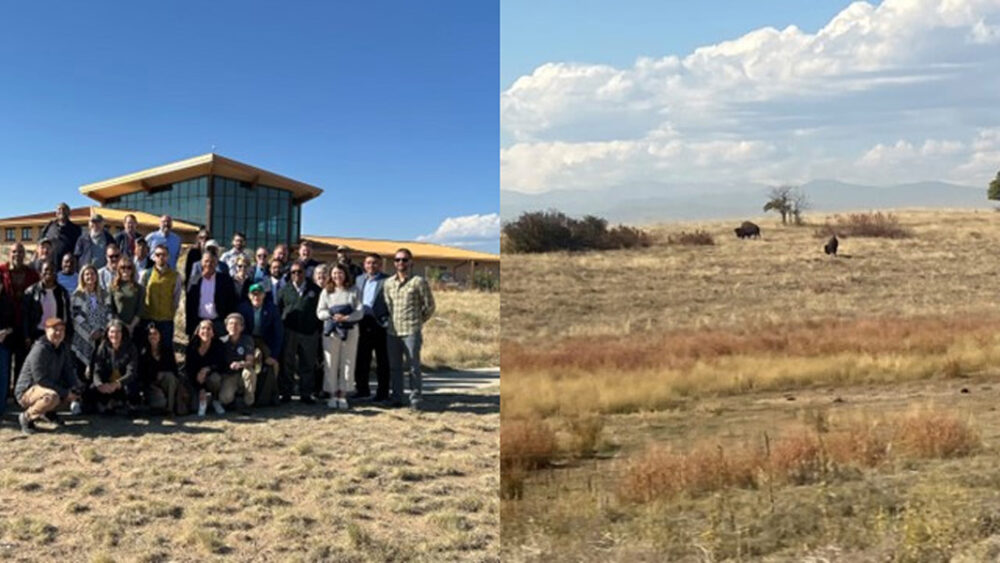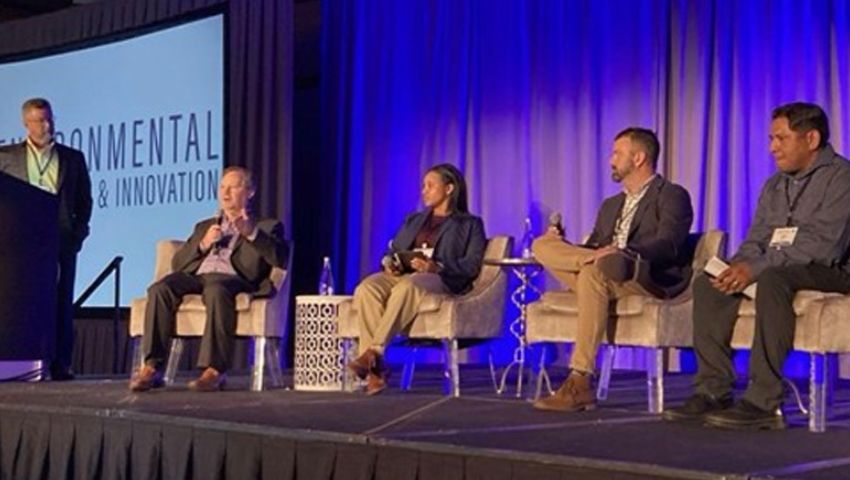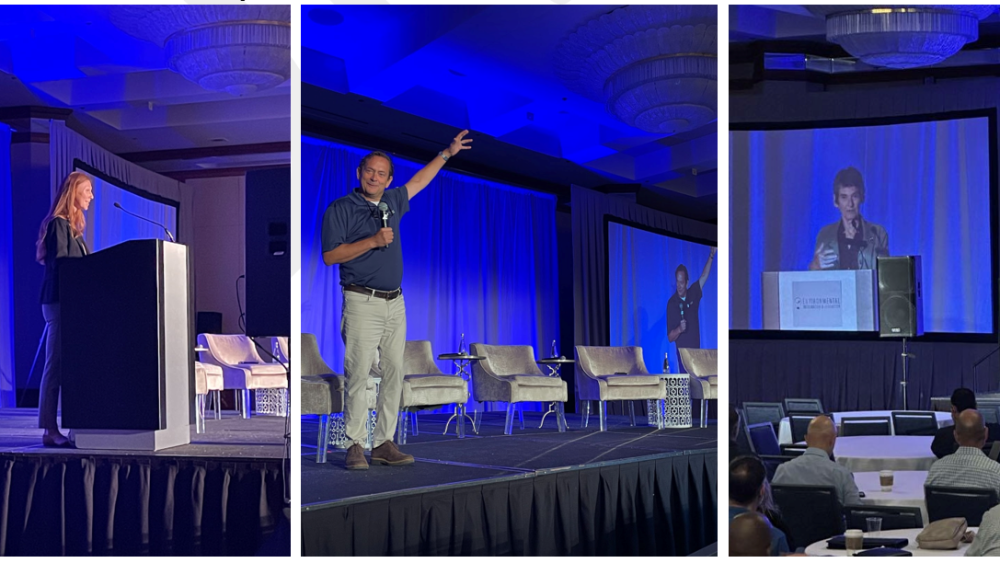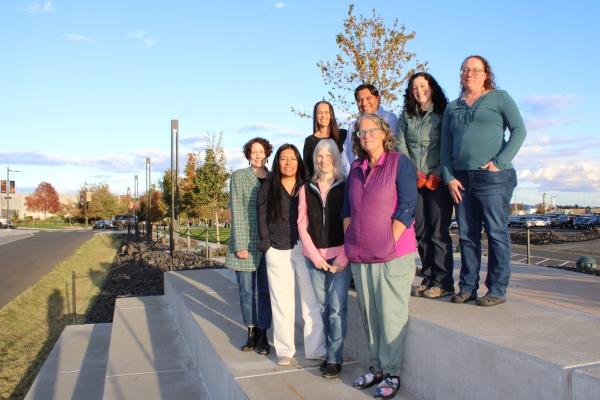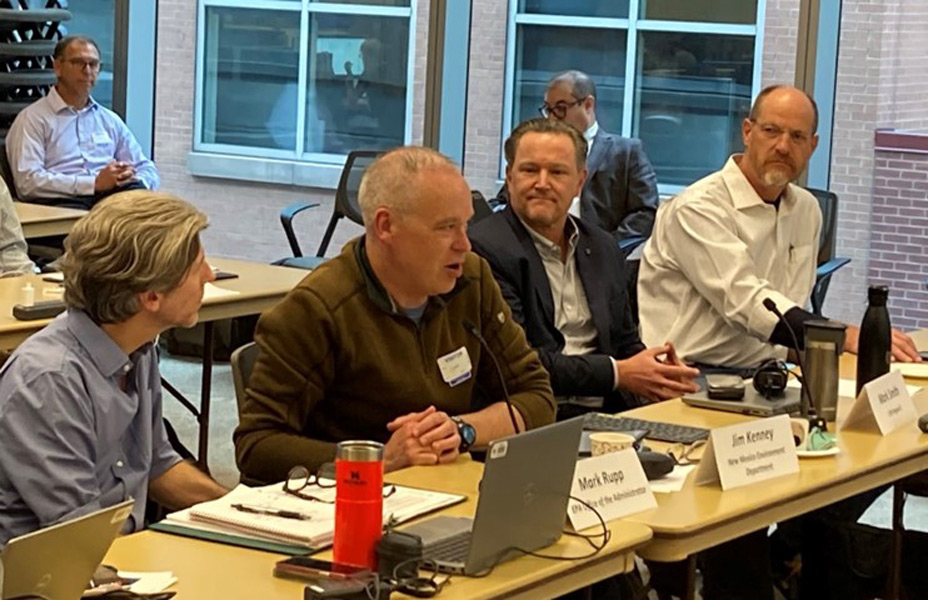
In October, the E-Enterprise Leadership Council (EELC) engaged in illuminating discussions in Denver, Colorado on topics including climate resilience and disaster recovery, impending government transitions, and artificial intelligence (AI). Presiding were EELC EPA Co-chair Mark Rupp, State Co-chair James Kenney of the New Mexico Environment Department, and Tribal Co-chair Jerry Cain of the Mississippi Band of Choctaw Indians, joined by the EELC EPA, state, and tribal members, including EPA Region 8 Deputy Regional Administrator Mark Smith (located in Denver).
The EELC heard success stories from environmental professionals from across the region. Smith emphasized Region 8’s importance as a vital agricultural center and home to eight States and 27 tribal nations. EPA’s Region 8 building sits on land that was previously an urban brownfield site, highlighting the significance of environmental remediation efforts within the region. Carissa Money and Shannon McMillan of the Colorado Department of Public Health and Environment (CDPHE) discussed their efforts to address air quality permitting and enforcement challenges. Gerald Wagner, a longstanding tribal EELC member from the Blackfeet Nation in Montana, highlighted projects that the region’s Tribes are implementing through collaborative partnerships. These projects include development of tribal environmental quality guidance and resources, such as open burning codes, Title V air permitting systems, and Water Quality Standards. To date, six of Region 8’s 28 tribal nations have successfully adopted the standards.
On the timely topic of storm resilience, the North Carolina Department of Environmental Quality presented the Situation Tracking System, which provides real-time, digestible information on public drinking water systems and other permitted facilities following major storms, like the recent Hurricane Helene. An important, indirect benefit of the tool is the positive boost it provides employee morale, as it allows department staff to see sites turn green when critical action is no longer needed. EPA also highlighted the Disaster Debris Recovery Tool, which received more than 300,000 hits in fiscal year 2023 and identifies recycling and solid waste management infrastructure across every State, aiding in disaster recovery efforts. EELC members emphasized the need for proactive disaster plans to reduce disaster waste in landfills and mitigate environmental fallout.
Collaborative project updates for EELC members included the upcoming Unified Platform for the outreach systems run by the EPA Office of Air Quality Planning and Standards (see article below) and a new academic research project assessing offsite compliance monitoring involving EPA’s Office of Enforcement and Compliance Assurance as part of its Compliance Learning Agenda. In addition, members learned about participatory science initiatives, including the EPA Office of Research and Development’s plans to hold two stakeholder conversations on this topic early in 2025 and CDPHE’s recently developed air quality data exchange standard that builds on EPA’s AirNow format and integrates participatory science data.
See additional meeting highlights below covering the site visit to Rocky Mountain Arsenal National Wildlife Refuge, AI, and the Unified Platform for air outreach systems below. For more information, contact Lisa Comer of EPA or Beth Graves of ECOS.

